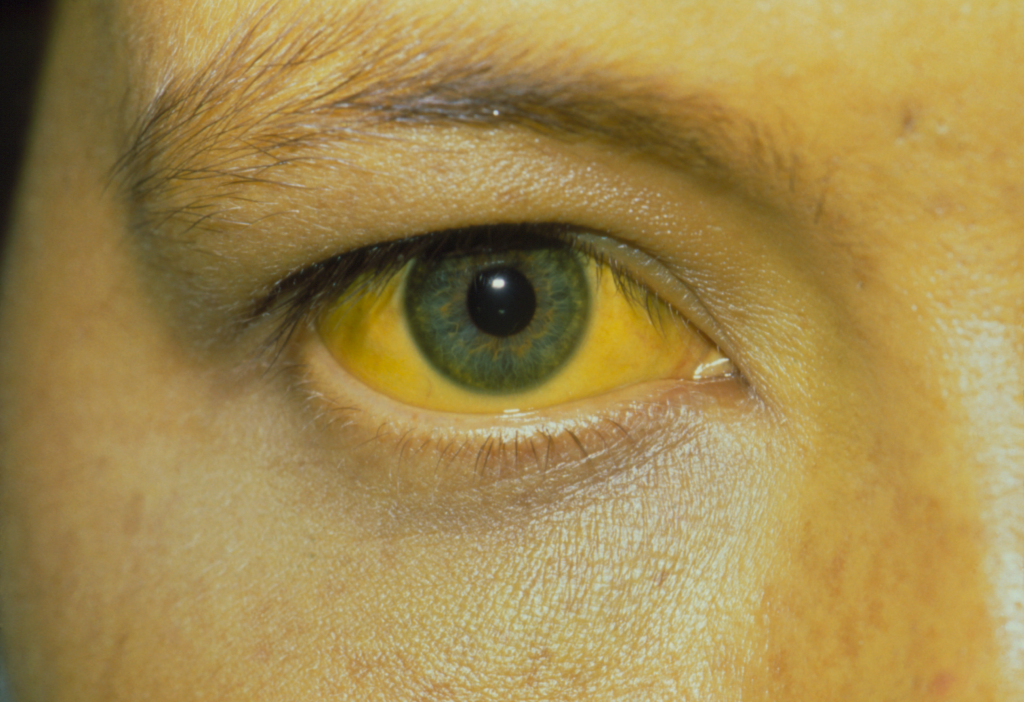Professor Zengbo (James ) Wang
Professor in Imaging and Laser Micromachining
[email protected]
+44 1248 382696
0000-0002-3282-1052
Prof. Zengbo Wang received BSc and MSc degrees in physics from Xiamen University, P.R. China, and a PhD in Electrical and Computer Engineering from National University of Singapore (NUS), Singapore.
He is currently a professor at Bangor University and was a visiting professor at Northeastern University (Boston, USA, 2022-2023). He was awarded 2022 Leverhulme Trust Research Fellowship to explore cutting-edge research on AI/deep-learning assisted microsphere nanoscopy and on-demand photonic design. Before joining Bangor University in 2012, he was a lecturer at the University of Manchester between 2009 and 2012.
In 2025, Prof. Wang received the prestigious APEX Award—jointly supported by the Royal Society, British Academy, Royal Academy of Engineering, and the Leverhulme Trust —for his interdisciplinary project “Listen to the Cell Breathe”, which investigates viral infections using a hybrid nano-vibration sensing and super-resolution imaging technique, integrated through AI-enhanced fusion and analysis. It is the first APEX Award project led by a Principal Investigator based at a Welsh University since the scheme’s launch in 2017.
His research expertise lies in the fields of advanced AI and machine learning, laser-based manufacturing, nanophotonics, metamaterials, solar energy, fiber sensors and with special focuses on super-resolution microscopy, imaging, sensing, laser micro and nano processing, and AI for business and industry. He has strong publication and citation records. He is an elected senior member of Optica (2017) and is known as the leading pioneer of microsphere and nanosphere-based superlens technologies. Please visit his team website at https://laserphotonics.uk/
Email: [email protected]
Office: Dean Street Building, Bangor University, Room 228
Tel: +44(0) 1248 382696
Fax: +44(0) 1248 362686
Web: https://laserphotonics.uk
Google Scholar: https://scholar.google.co.uk/citations?user=5MBSTZ8AAAAJ&hl=en
1) AI and Deep Learning in Photonics Design, Imaging, and Manufacturing
Prof. Wang’s current research is strongly focused on the integration of Artificial Intelligence (AI) into science and engineering, particularly within the field of photonics. As part of a Leverhulme Trust Research Fellowship, he leads a programme dedicated to developing AI-driven super-resolution imaging technologies. His team is actively working at the intersection of AI, optics, and advanced manufacturing to improve resolution, speed, and precision in imaging and fabrication.
They work with a wide range of AI models—including but not limited to Convolutional Neural Networks (CNN), Recurrent Neural Networks (RNN), and Generative Adversarial Networks (GAN)—to support applications such as AI-assisted photonic inverse design, super-resolution imaging for biological and nanoscale systems, and laser-based nano-patterning and process control. The team also explores the application of Large Language Models (LLMs) in scientific and engineering contexts, including the use of Retrieval-Augmented Generation (RAG) and fine-tuning for domain-specific tasks.
In addition to academic research, the group supports industry by helping businesses adopt cutting-edge AI technologies to develop new products, processes, and services.
2) Superlens and Super-resolution Microscopy
Prof. Wang and his team are internationally recognised for pioneering microsphere- and nanoparticle-based dielectric superlens technologies. Notable developments include the ‘microsphere superlens’ and ‘microsphere nanoscope’ (2011, Nature Communications), ‘spider silk superlens’ (2016, Nano Letters), and ‘nanoparticle superlens’ (2016, Science Advances). These breakthroughs have received widespread media attention, featuring in outlets such as the BBC, New York Times, Daily Mail, Independent, ABC Australia, and China Xinhua, and were highlighted in RCUK’s “50 Big Ideas for the Future.” In 2023, this body of work was featured in the seminal article “Roadmap on Label-Free Super-resolution Imaging” in Laser Photonics Reviews.
Prof. Wang was a finalist for Bangor University’s 2016 Research Excellence Award and Dissertation/Thesis Supervisor of the Year. He was also selected as a member of the 2015 Welsh Crucible cohort—a group of emerging research leaders in Wales—and previously received the Most Outstanding R&D Staff Merit Award in 2005 for his contributions to laser cleaning at DSI Singapore.
The latest nanoparticle superlens developed by his team is among the most powerful in the field, producing sharper and higher-quality images of nanoscale features, including 50 nm polystyrene nanoparticles, 45 nm gaps in semiconductor chips, and 90–100 nm adenoviruses.
3) Laser-based Manufacturing and Processing
Prof. Wang’s group conducts research into a wide spectrum of laser-based processes—including cutting, welding, drilling, texturing, marking, cleaning, and polishing—alongside emerging applications such as laser-enhanced seed germination and yield improvement. The laboratory hosts a comprehensive range of laser systems, including nanosecond fiber and UV lasers, a high-power, high-repetition-rate femtosecond laser (Jasper 30W, four wavelengths), and CO₂ lasers.
Supporting instrumentation includes advanced 3D laser scanning microscopes (Olympus OLS5000 and DSX1000) and an environmental scanning electron microscope (E-SEM) with integrated electron-beam lithography (EBL) for precise nano-manufacturing and characterisation.
This research is supported by the pan-Wales “Centre for Photonics Expertise (CPE)” programme, which collaborates with Welsh industry across sectors such as electronics, aerospace, automotive, and energy. Key partners include Qioptiq, Tata Steel, Welsh Slate, and Transcend Packaging. The team has developed a unique capability in direct laser nano-marking using specially engineered superlenses, achieving sub-100 nm resolution.
4) Fiber-based Optical and Quantum Sensing
The team also explores cutting-edge sensing technologies, including:
- Novel surface-functionalised FBG/LPG sensors
- Ultrasensitive cell vibration detection at the picometer scale
- Optical fiber-based trapping, imaging, and sensing
- Quantum sensing platforms
These capabilities support fundamental research as well as emerging biomedical and environmental applications.
5) Shift-free Anti-laser Metamaterial Filters
Prof. Wang’s group is among the few research teams to have successfully developed metamaterial-based, wide-angle, shift-free narrowband filters designed for anti-laser-strike protection. Ongoing work extends this innovation to underwater optical communication systems.
6) Solar Cell Research
Research efforts also extend to advanced photonic and laser technologies for high-efficiency solar cells, including:
- Novel laser-trapped nanostructures and metasurfaces for light management
- Solar-driven nanoparticle synthesis and water splitting
- Applications of nanophotonics and plasmonics in perovskite solar cells
- Precision laser manufacturing techniques to improve solar cell performance
I welcome PhD candidates to join my team to work in the following areas: (1) AI/Deep Learning for photonics and imaging.(2) Laser nano-manufacturing.(3) Optical Neural Networks.(4) Nanophotonics and metasurfaces.(5) Super-resolution science and technology.(6) Optical fiber sensors.(7) Renewable energy (Solar, etc.).



